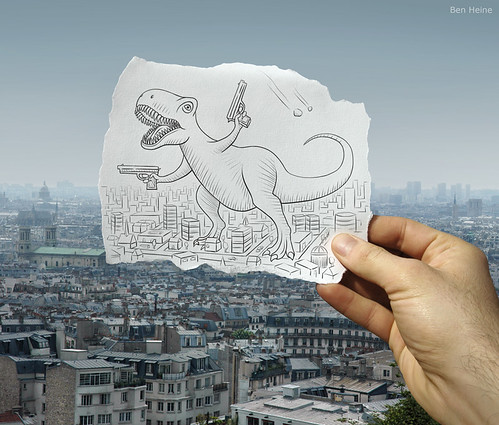Tron Legacy Premiere - A Light Session from ENESS on Vimeo.
Interactive surfaces are a new and exciting frontier for architecture. For the premiere of the new Tron movie, a half pipe was created with various lighting effects as a promotion. ENESS did quite a few amazing projects that almost completely transform the materiality and atmosphere of surfaces and objects.
ENESS 2010 Showreel from ENESS on Vimeo.
The interactivity of these projections adds a dimension to architecture that rarely existed before. The previous notion of an immobile surface is redefined as something provocative and curious. By interacting with these interactive surfaces, the audience also indirectly interact with each other, bringing a social element to the architecture.











































%3B+right+MAD+Architects+(Yansong+Ma),+State+Fair+Guggenheim,+2009+(detail).jpg)




